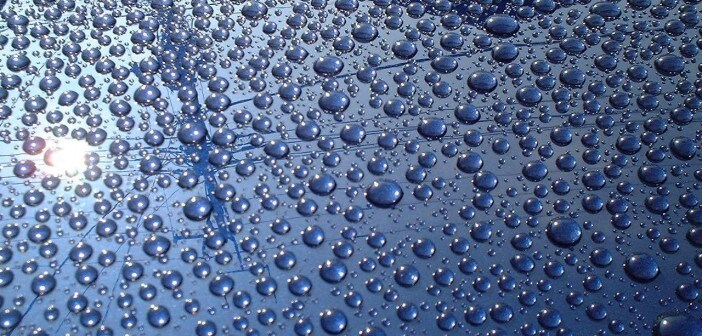What is quartz?
Silicon dioxide, also known as silica, is an oxide of silicon with the chemical formula SiO2, commonly found in nature as quartz. It is the most abundant mineral found at Earth’s surface, and its unique properties make it one of the most useful natural substances. Quartz is typically found in crystalline form, and as such is made up of a series of regularly repeating arrangement of atoms and external plane faces that make the material transparent. The addition of trace elements in the quartz crystals give them distinctive colors.

What is amorphous quartz?
Amorphous quartz, by its definition, is non-crystalline form of silica. The Greek root of the word, morphē means “form,” and a- means “lacking or without.” Called quartz glass or fused quartz, it is beneficial to a number of applications. Silica gel is an amorphous and porous form of silicon dioxide, consisting of an irregular tri-dimensional framework of alternating silicon and oxygen atoms with nanometer-scale voids and pores. The voids may contain water or some other liquids or may be filled by gas or vacuum. In the latter case, the material is properly called Silica xerogel.
Silica xerogels
Silica xerogels are used as matrix materials for the extended and controlled release of different kinds of biologically active agents administered by various routes, as are therefore of interest to the pharmaceutical industry. Sol-gel derived silica xerogels are nontoxic and biocompatible in vivo. These materials cause no adverse tissue reactions and degrade in the body to silicic acid, i.e., Si(OH)4, which is eliminated through the kidneys.
The sol–gel process is a method for producing solid materials from small molecules. The method is used for the fabrication of metal oxides, especially oxides of silicon (Si) and titanium (Ti). The process involves conversion of monomers into a colloidal solution (sol) that acts as a precursor for an integrated network (or gel) of either discrete particles or network polymers.
Silica xerogels in drug delivery
Highly porous silica xerogels are suitable for a variety of applications in the drug delivery systems. These materials exhibit unique characteristics that make them ideal nanocarriers to host, protect and transport drugs to the target site. It is feasible to incorporate targeting agents in the external surface of mesoporous silica xerogels to direct them to the unhealthy tissues aimed at increasing specificity and therefore diminishing undesired side effects.
Bulk metallic glass
Conventional metallic materials have a crystalline structure made up of single crystal grains of varying sizes arranged in a microstructure and are produced by the nucleation and growth of crystalline phases from the molten alloy during solidification. By contrast, certain oxide mixtures such as silicate glasses have such slower crystal nucleation and growth kinetics so that the liquid material can be undercooled far below the melting point of a quartz crystal. These oxide melts, known as bulk metallic glass (BMG), undergo a “glass transition” and freeze as vitreous solids.
BMGs have unusual properties. Typically much stronger than crystalline metal counterparts and even much tougher than ceramics, they have very high strain limits for Hookean elasticity. A new class of engineering materials, BMGs offer an opportunity to revolutionize the field of structural materials with combinations of strength, ductility, toughness, and processability outside the envelope achievable using current technology. BMGs are investigated for uses such as high efficiency transformers, passive ID tags, flow meters, pressure sensors, nanomaterial composites, and biomaterials such as bone replacements.
XRD of amorphous quartz
In various industrial applications, the amorphous content of a mixture of compounds significantly influences the properties. In pharmaceutical preparations the crystallinity is crucial for the bioavailability of an agent and therefore it is important to know the amorphous content of such mixtures. The amorphous content of bulk metallic glasses (BMG) is a measure for the physical properties of the compound and therefore for the quality of the product, comparable to cements and slags. One easy-to-use method for the determination of the amorphous content is X-ray diffraction (XRD). Scientists at Thermo Fisher Scientific used a benchtop X-ray diffractometer to evaluate the amorphous content in glass and quartz mixtures applying a standard-less deconvolution approach with precision down to approximately 25% amorphous content.
Want to speak to someone? Need a quote? Want a demo? |
Opt in for email communications on this and other topics. |
Leave a Reply